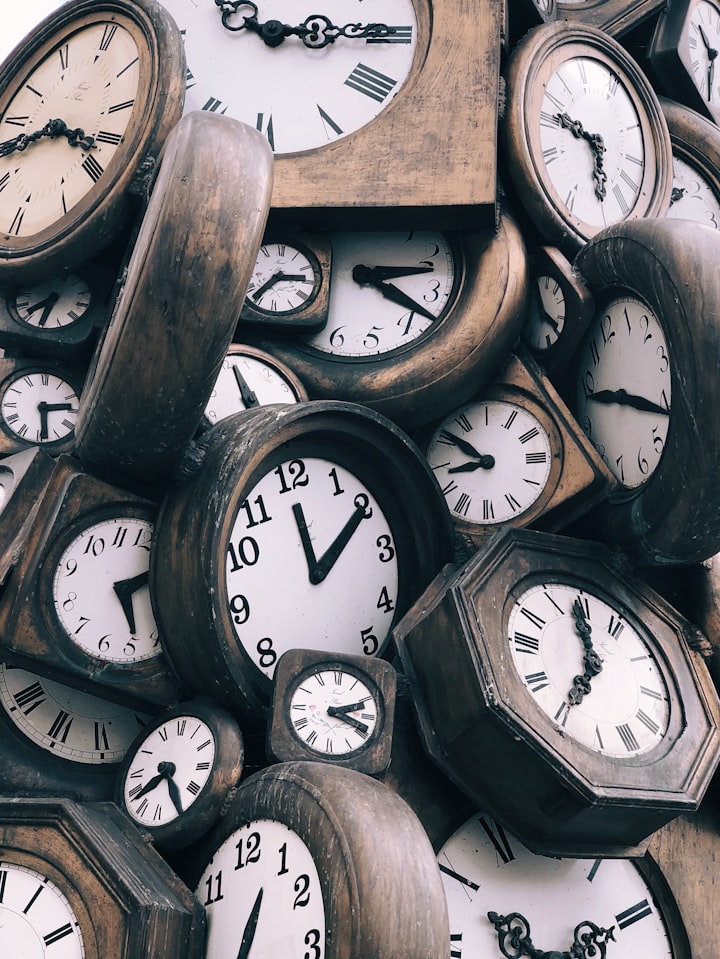Daylight Saving Time
Its History, Controversy and Reform
Every spring and fall, households across the globe engage in the familiar ritual of adjusting their clocks, attempting to synchronize timepieces and adapt to the shifting hours. Yet, beneath this seemingly mundane tradition lies a rich tapestry of history, controversy, and ongoing debate—the saga of daylight saving time (DST).
The concept of DST traces its roots back to the musings of Benjamin Franklin, who, while living in Paris, pondered the wastefulness of burning candlelight during daylight hours. His proposal for maximizing daylight utilization, however, did not involve clock adjustments but rather advocated for cannons and church bells to rouse citizens with the rising sun. Despite Franklin's visionary ideas, standardized time was still a distant concept in the late 18th century, and his proposal failed to gain traction.
Fast forward to the late 19th century, with the advent of railroads and the need for synchronized schedules across vast distances. The chaotic patchwork of local timekeeping gave rise to the need for coordinated time standards, culminating in the 1884 International Meridian Conference, where Greenwich, England, was designated as the prime meridian. Yet, the adoption of standardized time did not resolve the issue of optimizing daylight hours for human activity.
Enter William Willett, an Englishman whose passion for golf fueled his advocacy for advancing the clocks during the summer months. Willett's vision of extending evening daylight hours to promote recreation and conserve energy struck a chord, but initial resistance hindered widespread acceptance. It wasn't until World War I that DST gained traction, with nations like Germany implementing it as an energy-saving measure.
In the United States, the adoption of DST was met with mixed reactions, with farmers opposing the disruption to their daily routines. Despite early setbacks, lobbying efforts from various industries and political figures eventually led to the establishment of federal DST legislation in 1966 under President Lyndon Johnson. However, the debate surrounding its efficacy and necessity persisted.
Over the years, studies have yielded conflicting evidence regarding the benefits of DST. While proponents tout energy savings and increased economic activity during extended daylight hours, skeptics point to disrupted sleep patterns and adverse health effects. Furthermore, the biannual time shifts have been linked to a myriad of societal impacts, from increased accident rates to diminished productivity.
As awareness of these issues grows, calls for reform have intensified. Advocates argue for alternatives ranging from permanent DST to a return to standard time, each with its own set of advantages and drawbacks. However, legislative obstacles, particularly in the United States, have hindered meaningful progress.
In Europe, recent developments signal a shift towards abolishing clock-changing practices, with the European Union voting to end DST transitions. Yet, the decision to adopt permanent standard time or summer time remains at the discretion of individual member states, highlighting the complexities of reconciling disparate timekeeping practices in a globalized world.
Amidst the ongoing debate, one thing remains clear: the legacy of DST is as complex as the phenomenon itself. From its humble beginnings as a whimsical proposal to its status as a globally recognized practice, DST reflects humanity's perpetual quest to control and optimize time. Yet, in our efforts to bend time to our will, we often overlook the unintended consequences and societal impacts of our actions.
As we navigate the intricacies of timekeeping, it is essential to remain mindful of the broader implications of our choices. Whether advocating for reform or embracing the status quo, the story of DST serves as a potent reminder of the interconnectedness of time, society, and human behavior.
In the end, perhaps the true value of time lies not in manipulating it to fit our desires but in embracing its natural rhythms and finding harmony within the ever-changing tapestry of life. As we continue to grapple with the complexities of DST, let us strive for a future where time is not a burden to be managed but a gift to be cherished.






Comments
There are no comments for this story
Be the first to respond and start the conversation.